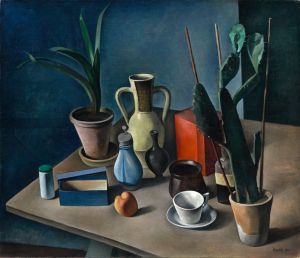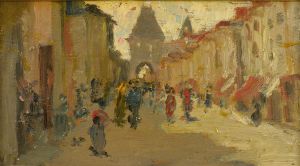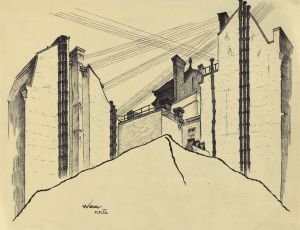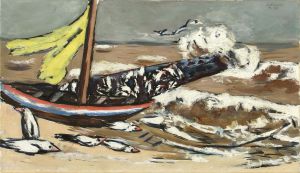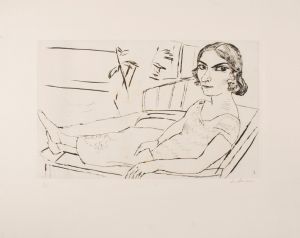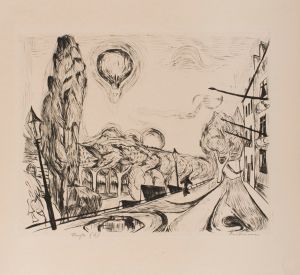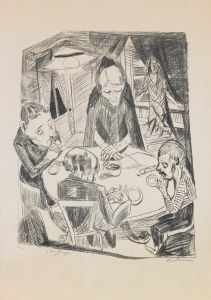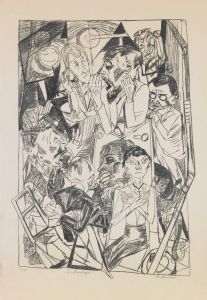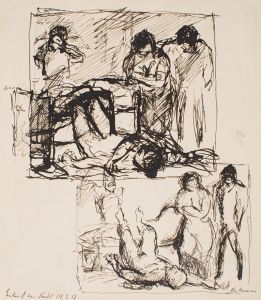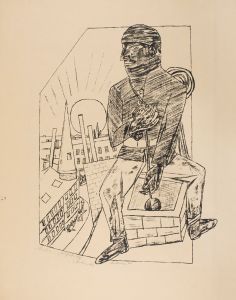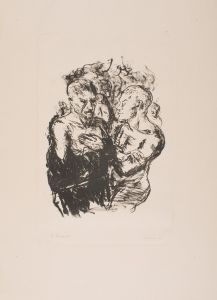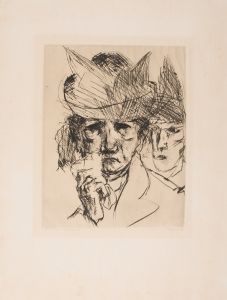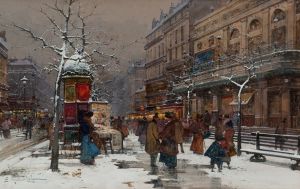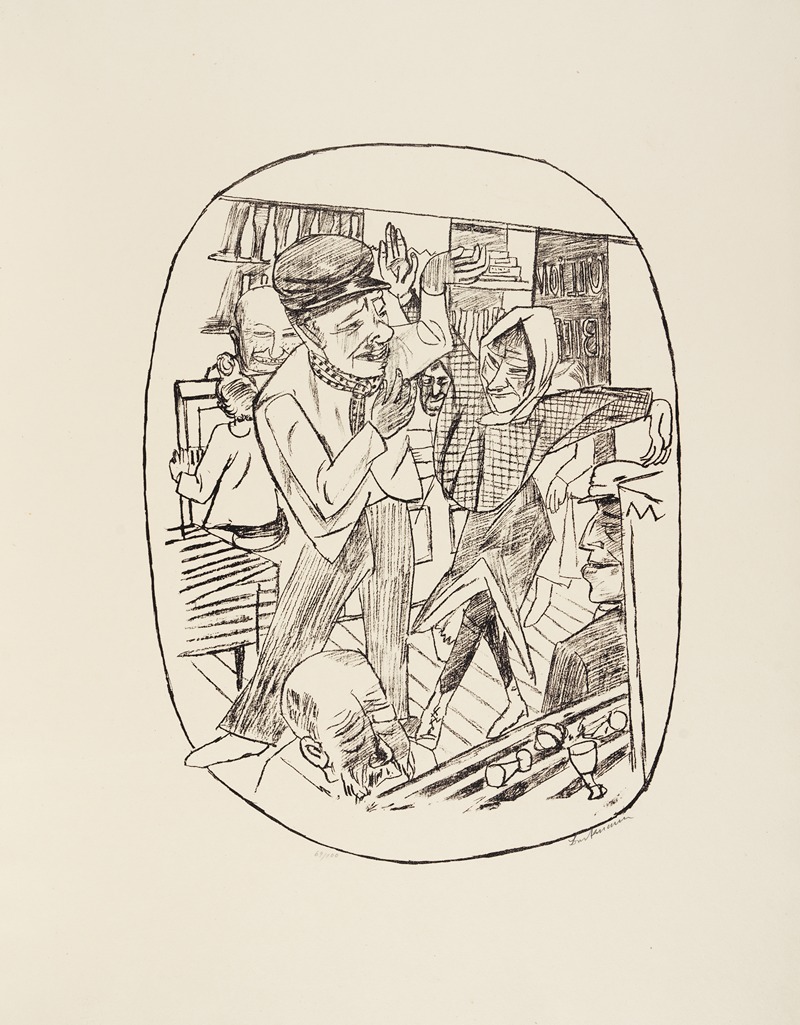
Kaschemme
A hand-painted replica of Max Beckmann’s masterpiece Kaschemme, meticulously crafted by professional artists to capture the true essence of the original. Each piece is created with museum-quality canvas and rare mineral pigments, carefully painted by experienced artists with delicate brushstrokes and rich, layered colors to perfectly recreate the texture of the original artwork. Unlike machine-printed reproductions, this hand-painted version brings the painting to life, infused with the artist’s emotions and skill in every stroke. Whether for personal collection or home decoration, it instantly elevates the artistic atmosphere of any space.
Max Beckmann, a prominent German painter and printmaker, is known for his distinctive style that combines elements of Expressionism, New Objectivity, and a personal form of realism. One of his notable works is "Kaschemme," which translates to "The Dive" or "The Low Joint." This painting is a reflection of Beckmann's keen observation of society and his ability to capture the complexities of human life.
"Kaschemme" was created during a period when Beckmann was deeply engaged with the social and political upheavals of his time. The painting depicts a scene in a bar or tavern, a common setting in Beckmann's work, where he often explored themes of human interaction, vice, and the undercurrents of society. The figures in the painting are rendered with Beckmann's characteristic bold lines and dramatic use of color, which convey a sense of tension and emotional depth.
The painting is notable for its composition and the way Beckmann arranges the figures within the space. Each character seems to be absorbed in their own world, yet they are all interconnected within the confines of the tavern. This reflects Beckmann's interest in the isolation and alienation of individuals within modern society. The expressions and postures of the figures suggest a narrative, inviting viewers to ponder the relationships and stories behind each character.
Beckmann's use of color in "Kaschemme" is particularly striking. He employs a palette that is both vibrant and somber, using contrasts to highlight the emotional intensity of the scene. The lighting in the painting creates a dramatic atmosphere, with shadows and highlights that add to the sense of mystery and intrigue.
"Kaschemme" is also significant for its reflection of the cultural and social environment of the Weimar Republic, a period of great change and instability in Germany. Beckmann, who lived through both World Wars and the rise of the Nazi regime, often infused his work with commentary on the human condition and the societal issues of his time. This painting can be seen as a microcosm of the broader societal dynamics, capturing the essence of a world in flux.
Max Beckmann's work, including "Kaschemme," continues to be celebrated for its powerful imagery and profound insights into the human experience. His ability to blend realism with expressionistic elements allows his paintings to resonate on multiple levels, offering both a visual and psychological exploration of the themes he addresses. "Kaschemme" remains an important piece within Beckmann's oeuvre, exemplifying his mastery of form, color, and narrative.
In summary, "Kaschemme" by Max Beckmann is a compelling work that encapsulates the artist's unique style and thematic concerns. Through its vivid depiction of a tavern scene, the painting invites viewers to engage with the complexities of human interaction and the societal context of the early 20th century. Beckmann's art continues to be a subject of study and admiration, reflecting the enduring impact of his vision and technique.





